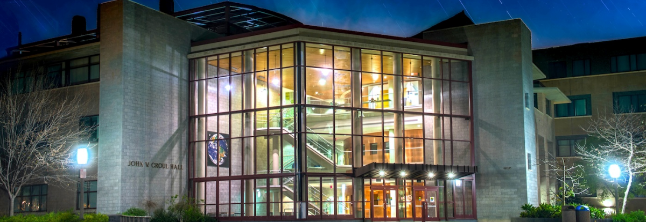Much of the surface water in the USA and the world is contaminated in various ways – some relatively minor, some severe. For example 60% of US rivers are “impaired” and most of China’s big rivers have pollution problems. Traditional Civil-Environmental Engineering methods (precipitation, filtration etc) are too expensive to be feasible in many cases; however, the flagship treatment wetland designs pioneered in Ecological Engineering may provide an alternative solution. Treatment wetlands accomplish many of the same goals as other water treatment approaches, can be more cost effective, and are sustainable. San Diego Creek in Irvine is a good example. In the 1990s, the Newport Back Bay mudflats were covered with a green blanket of seaweeds, and low dissolved oxygen threatened biota. The Santa Ana Regional Water Board, Irvine Ranch Water District, and myself at UC Berkeley and as a consultant attributed the problem to eutrophication caused by nitrate in the river. Thus a wetland of about 300 acres (60 acres of treatment wetlands) was constructed, 50% of the river pumped in, nitrate (& other contaminants) removed, and the seaweed problem resolved. Building on this project and the larger 500 acre nitrate-removal wetland at Prado on the Santa Ana River (see Ecol Eng, 2000, vol 14), I have expanded the method to standardize Unit Process Treatment Wetlands (UPTW) for world-wide applications.
In this talk, Dr. Horne will review these Ecological Engineering approaches and share case studies from my work at sites including a large winery wetland in Lodi, CA, a storm runoff wetland in the new Oklahoma City park, the 43 km2 Hangzhou migratory wildlife wetland south of Shanghai, China, and a new passive design (with Dr. Greg Morris of Puerto Rico) that takes raw sewage all the way to clean water with no moving parts.


